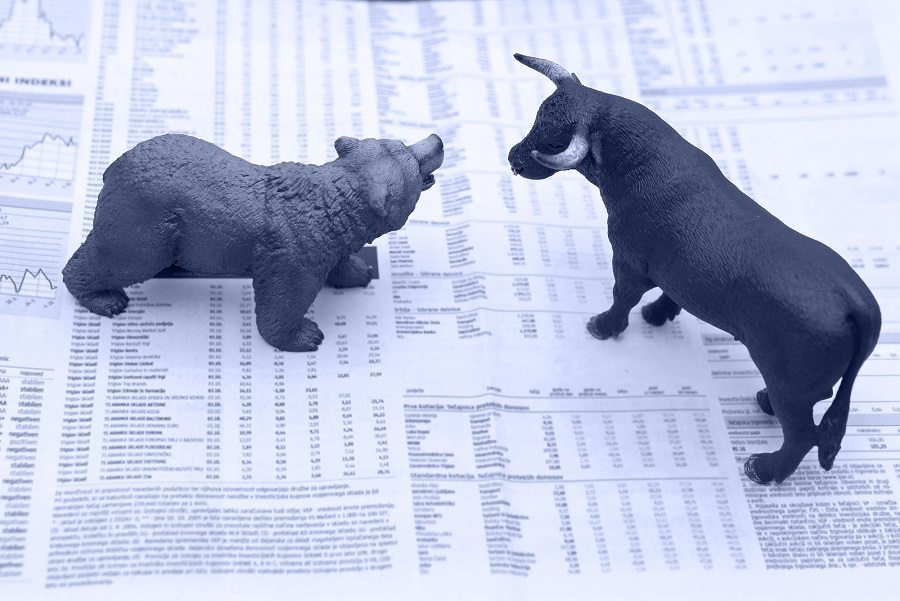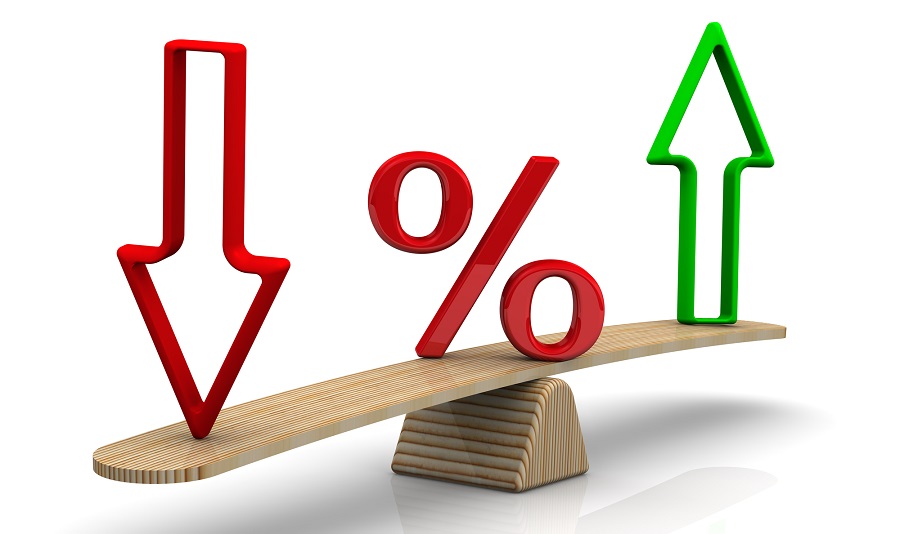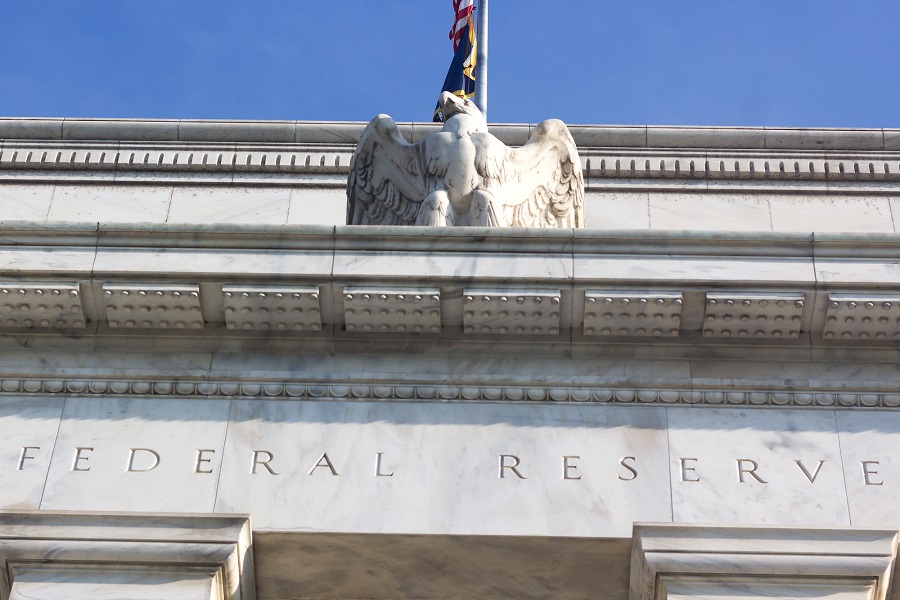The Yield Curve and Other Economic Indicators

Of the market and economic indicators that usually precede recessions, none receives quite the attention as the steepness of the yield curve. It’s for this reason that markets reacted with uncertainty to last week’s intra-day yield curve inversion – the first since 2007. What does this mean for long-term investors and what’s different this time?
August 16, 2019 Weekly Market Recap

The stock market finished lower this week in another wild ride on Wall Street. The S&P 500 (-1.0%), Dow Jones Industrial Average (-1.5%), and Russell 2000 (-1.3%) lost at least 1.0%, while the Nasdaq Composite (-0.8%) fared slightly better.
How the U.S. and Chinese Currencies Affect Investors

For investors who focus too much on day-to-day headlines, the fact that several market and economic concerns have become intertwined is a major challenge. The recent Fed rate cut was partly in response to U.S.-China trade talks.
The Proverbial “Gut Check”

As I write this blog, the markets are recovering somewhat from yesterday’s steep losses. The Dow Jones dropped over 750 points (almost 3%) on Monday alone. Over the past seven days the Dow (and most U.S. indices) are off around -5% (not including today’s recovery).
August 2, 2019 Weekly Market Recap

The stock market sold off this week with a bulk of its losses coming after threats of a 10% tariff rate on $300 billion of Chinese goods, effective September 1. The S&P 500 (-3.1%) and the Nasdaq Composite (-3.9%) pulled back considerably from last week’s record highs, while the Dow Jones Industrial Average (-2.6%) and Russell 2000 (-2.9%) also had poor performances.
So The Fed Cuts Rates, Then What?

This week, the Fed is widely expected to lower interest rates for the first time since 2008. Given a decelerating global economy and mixed economic data in the U.S., along with macroeconomic risks such as U.S. – China trade talks, there are many factors affecting the Fed’s rate decision.
July 26, 2019 Weekly Market Recap

The stock market finished the week higher with the S&P 500 (+1.7%) and Nasdaq Composite (+2.3%) setting new record highs in the process. Upbeat earnings results throughout the week, and an encouraging first look into second-quarter GDP, helped the stock market continue its upward trend.
What Government Debt Means for Long-Term Investors

The White House and Congressional Democrats in the House appear close to an agreement that would raise the debt ceiling and approve a new spending bill. Feels like déjà vu.
2nd Quarter 2019 Market Review

This report features world capital market performance and a timeline of events for the 2nd Quarter 2019. It begins with a global overview, then reports the returns of stock and bond asset classes in the US and international markets. We hope you find it helpful.
July 12, 2019 Weekly Market Recap

A great week for equities. The stock market recorded its second consecutive week of gains, with the Dow (+1.5% for the week), Nasdaq (+1.0% for the week), and S&P 500 (+0.8% for the week) reaching fresh record highs.
Timing Isn’t Everything

Over the course of a summer, it’s not unusual for the stock market to be a topic of conversation at barbecues or other social gatherings. In fact, it’s pretty common these days!
June 28, 2019 Weekly Market Recap

The S&P 500 declined 0.3% this week, but still increased 6.9% this month to record its best June since 1955. Price action reflected some consolidation in front of the G-20 meeting between President Trump and President Xi after Friday’s close.
State of the Markets – June 2019

Last week, the S&P 500 once again hit new all-time highs (currently hovering around 2,945). The market pullback that began in May – the result of on-going trade and Fed concerns – has now fully recovered. Volatility is just a normal part of investing, even when the situation appears to be the most uncertain.
June 14, 2019 Weekly Market Recap

The S&P 500 increased 0.5% this week, lifted by shares of consumer discretionary companies as the market remained hopeful for positive outcomes in the Fed’s policy decision next week and the G-20 summit later this month.
The “Fed Put”

To say that the Fed has been a major driver of markets over the past decade would be an understatement. The effects of monetary policy on stocks and bonds have been a defining characteristic of this business cycle.
